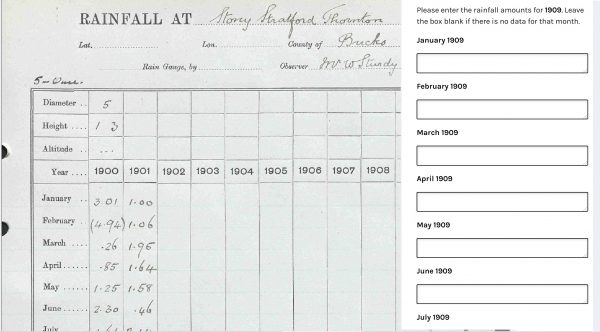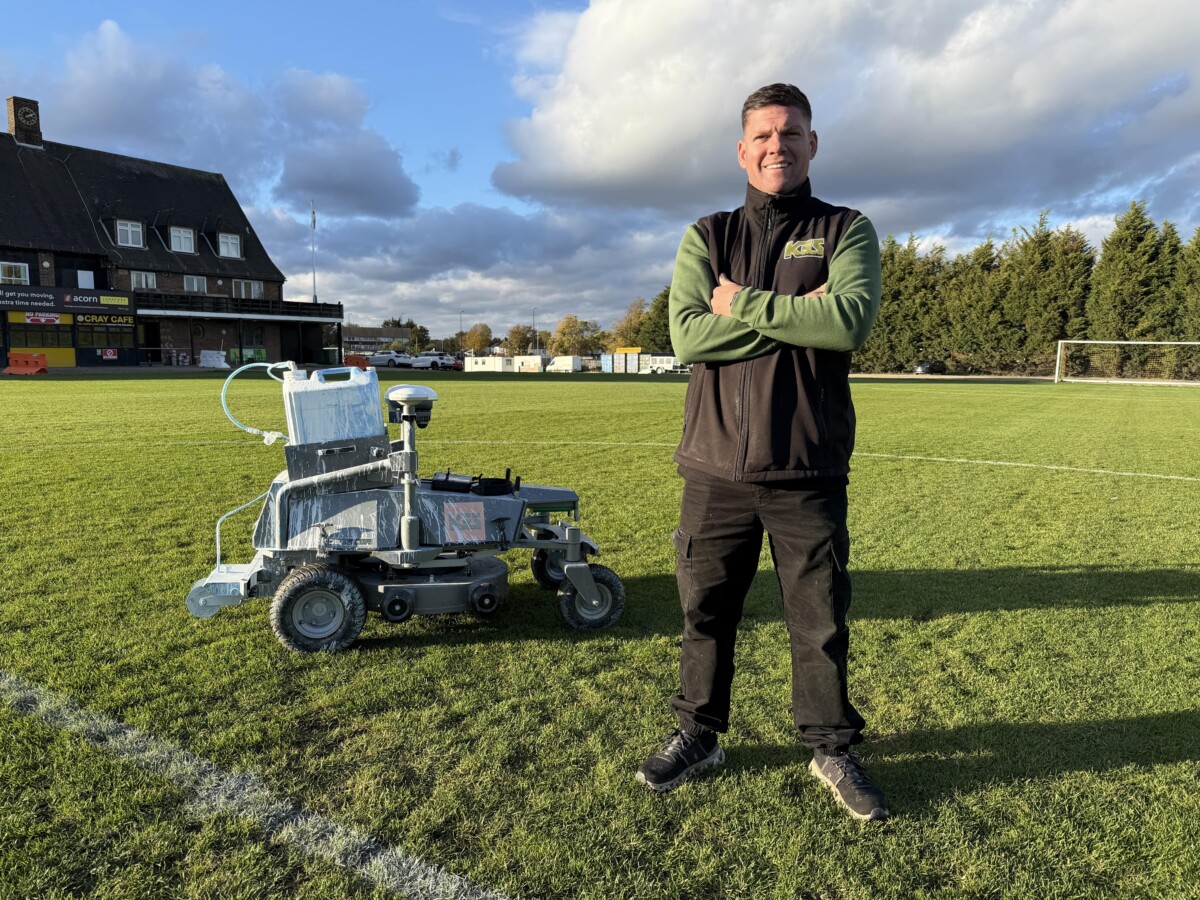How to help rainfall rescue project: If you’ve some time on your hands, here’s a UK rainfall project that’s caught our eye at Rain Bird Golf.
The weather is always a topic of conversation for Brits. Can you, your staff or family members take part in the Rainfall Rescue project and add to our UK rainfall know-how?

How to help rainfall rescue project
The UK has rainfall records dating back 200 years or so, but the vast majority of these are in handwritten form and can’t easily be used to analyse past periods of flooding and drought. Professor Ed Hawkins is a Reading University scientist who has run a number of “weather rescue” projects but this is the biggest yet.
The Rainfall Rescue Project is seeking volunteers to transfer hand-written data to online spreadsheets.
The project is looking to fill the yawning gap in UK digital rain gauge records between the 1820s and 1950s.
Each of the 65,000 scanned sheets contains monthly rainfall totals for a particular decade at a particular station, approximately three to five million data points in all. If Prof Hawkins’ team can convert this information to a digital format, it could lead to a much better understanding of the frequency and scale of big droughts and floods. And, that will assist with planning for future flood and water-resource infrastructure.
For example, many across the country had a sodden start to the year because of heavy rainfall. Meteorologists suspect October 1903 was just as bad, if not worse, but unfortunately, because all the rainfall data from that time was hand-written, it’s not possible to analyse this data. Likewise, there were some very dry springs and winters in the 1880s and 1890s. Britain had six or seven very dry winters and springs on the trot. If that happened today, it would probably cause serious problems for water companies because they rely on wet winters and wet springs to recharge reservoirs.
Prof Ed Hawkins explains, “Water companies have to plan for a one-in-100 or one-in-500-year drought but we’ve only got 60 years of very dense digital data, and so it’s very hard for them to come up with reliable estimates. We know there are periods in the past that, if they happened again, would probably break the system. The same is true for very heavy rainfall and floods.
You’re not required to rummage through old bound volumes; the Met Office has already scanned the necessary documents – all 65,000 sheets. You simply have to visit a website, read the scribbled rainfall amounts and enter the numbers into a series of boxes. If you do just a couple of minutes every now and then – that’s great,” said Prof Ed Hawkins. “If you want to spend an hour doing 30 or 40 columns – then that’ll be amazing. But any amount of time, it will all add up and be a tremendous help.”
This can literally take 5 minutes – why not use your tea-break?
Take part in the Rainfall Rescue project here.
If you choose a particular year to work on, why that year? Is it the year your golf course opened or the year you held your most memorable tournament? Share your story on Twitter with #rainfallrescueUK. Tag@rainbirdgolfuk and we’ll share your story too!
Jimmy Sandison – Regional Golf Sales Manager – UK, Ireland, Iceland and Scandinavia
For the latest industry news visit turfmatters.co.uk/news
Get all of the big headlines, pictures, opinions and videos on stories that matter to you.
Follow us on Twitter and Instagram for fun, fresh and engaging content.
You can also find us on Facebook for more of your must-see news, features, videos and pictures from Turf Matters.


























